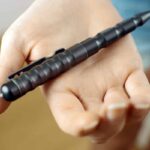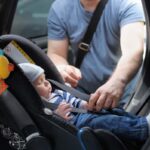Beretta has mastered branding. Its look immediately lets you know you’re looking at either a Beretta or a clone of a Beretta. The open-top slide is the number one giveaway. But the grip angle and general curves of a Beretta design are also noticeable. When I saw a Beretta Model 70S at a local gun store for a great price, I knew I had to add it to my collection.
The Beretta Model 70S is a curious little gun. It’s nowhere near as well-known as the 80 series, the 92, or even the various tip-ups. It’s almost forgotten, but not forgotten enough to get Ian drooling over it. Luckily, as a dollar-store gun historian, it’s just forgotten enough to get interested.
The Beretta Model 70S
I’m not using the plural of 70 to make 70S. Think of the S as a different designation. It’s the Beretta seventy S. The original Model 70, which adopted the Puma namesake for marketing, was only ever offered in .32 ACP. The Model 70 had a cross-bolt safety, and instead of a proper last-round bolt hold-open device, the slide held onto the magazine’s follower. If you removed the magazine, the slide slammed forward. It was a bit goofy.
Beretta released the 70S to modify and improve the Model 70. The 70S used a steel frame and is chambered in .22LR, .32 ACP, and .380 ACP. The 70S had a thumb-operated safety on the left side of the frame, and most had standard last-round slide hold opens, but not all. I own two Model 70S; one lock is open on the follower, and the other is open like a normal handgun.
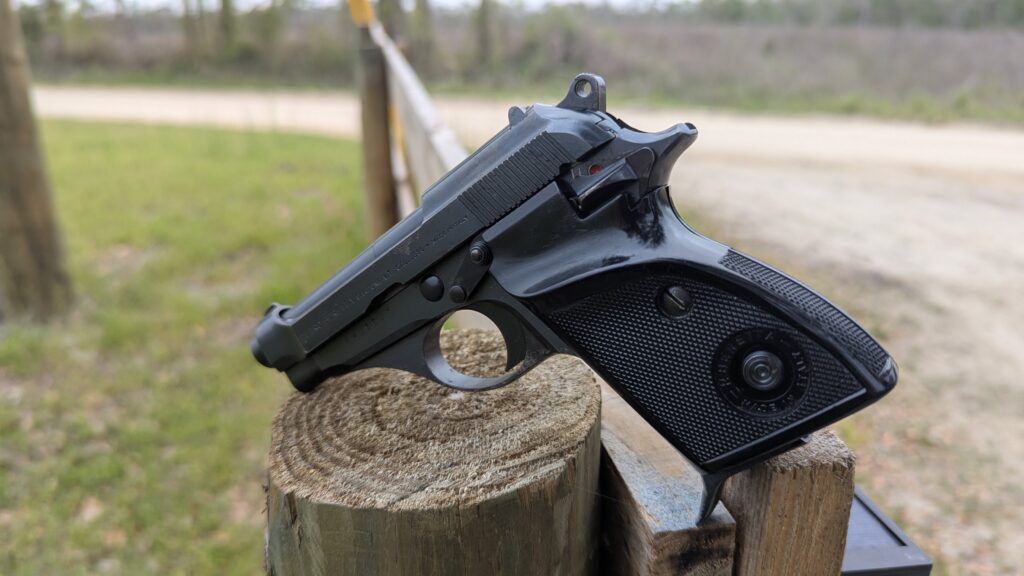
These are single-action handguns. The magazine release is placed at the bottom of the left side grip. It’s rather odd, and magazines don’t drop out with ease. You have to pry it out by the pinky spur to remove it.
These are simple, straight blowback pistols. The point of the Model 70 and 70S was to replace the Beretta 34/35. The Beretta 34/35 was the compact handgun in their lineup and was also a fairly basic blowback-operated handgun. The series evolved into the 71, 72, 73, 74, 75, and 76. There are also the 100, 101, and 102 models.
These guns featured various barrel changes. Some came with two barrels, others with just a long barrel. The 76 was a dedicated target pistol. Ultimately, the 70 and 70S were the true successors to the 34/35’s intention.
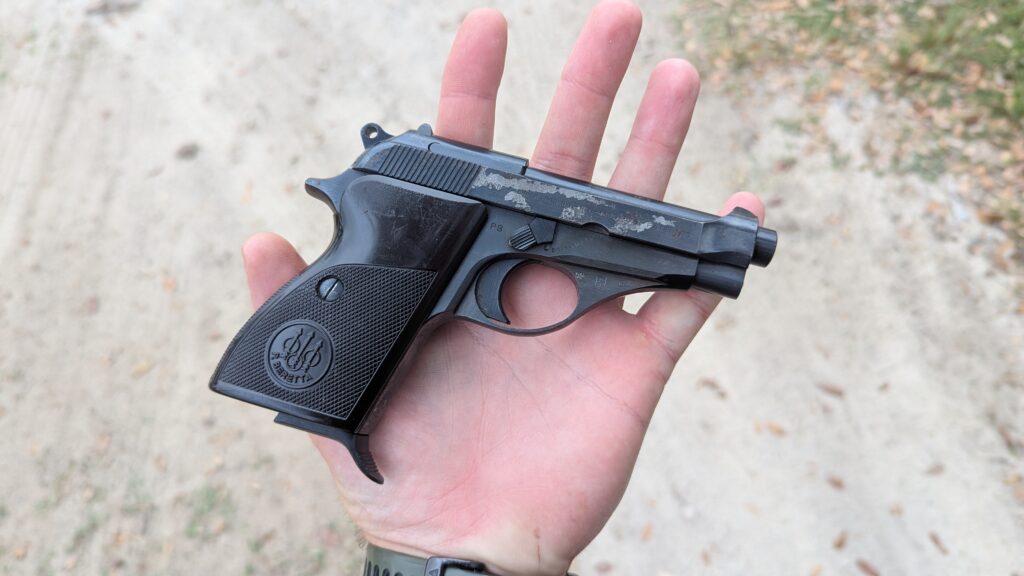
Notable Users of the Beretta 70S
The most famous users of the Beretta 70S were the Israeli Sky Marshals, Mossad, and Sayeret Matkal. Specifically, these special groups used the .22LR variant and mounted a suppressor. The combination created a light recoiling and likely very quiet weapon. The direct blowback design is also very suppressor-friendly, and there is no need to worry about a booster device.
The Sky Marshals fielded the gun to prevent excess damage to the plane and likely overpenetration. It’s not going to cause explosive decompression, but planes are very crowded and small, so the potential for damage, ricochets, and similar incidents is high. Using a .22LR makes sense for a Sky Marshal with three weeks of training.
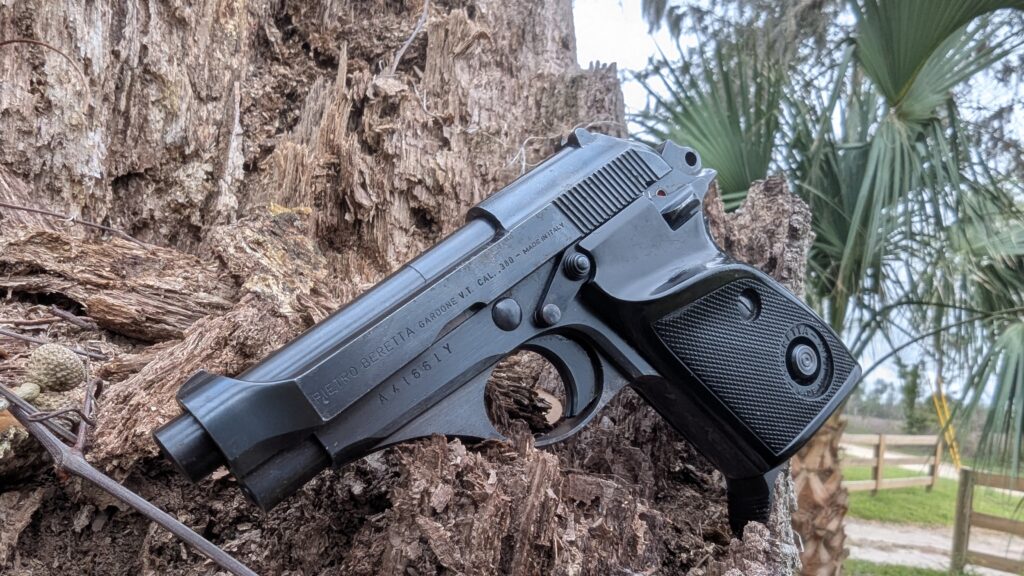
An Israeli Air Marshal famously took on four men armed with AKs and grenades, getting one to surrender, killing one with his Beretta Model 70S, and eventually choking another before Swiss police arrested the entire group.
Another famous use is German vigilante Marianna Bachmeier. She used a Model 70S to kill Klaus Bradowski, a serial child abuser who assaulted and killed her daughter. She snuck the gun into the courtroom and executed the man with the Model 70S in a move I completely understand.
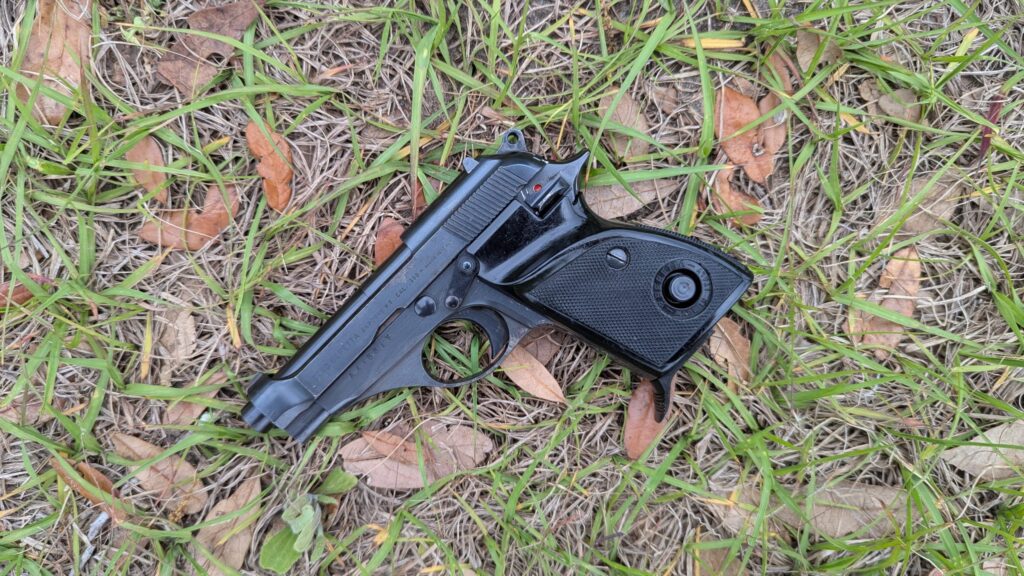
The Iraqis created licensed variants such as the Tariq in the 1980s. The Italian police also adopted the pistol.
Shooting the Beast
My Model 70S comes in .380 ACP, which is the most powerful caliber you can get the gun in. It’s not a nice gun to shoot, to be honest. It’s got a thick rear strap with a pronounced beavertail. The thin nature, the blowback design, and the .380 ACP cartridges create some stinging recoil. It digs in and isn’t pleasant.
If you get past the recoil, you can see why the Model 70S was used as the basis for a target pistol. The trigger does what you want a single-action trigger to do. It’s light and crisp with a short reset. The barrel doesn’t move or tip like a short recoil design, and maybe that’s why it’s so darn accurate. I was impressed with what the little sights could do and what I could do with the gun.
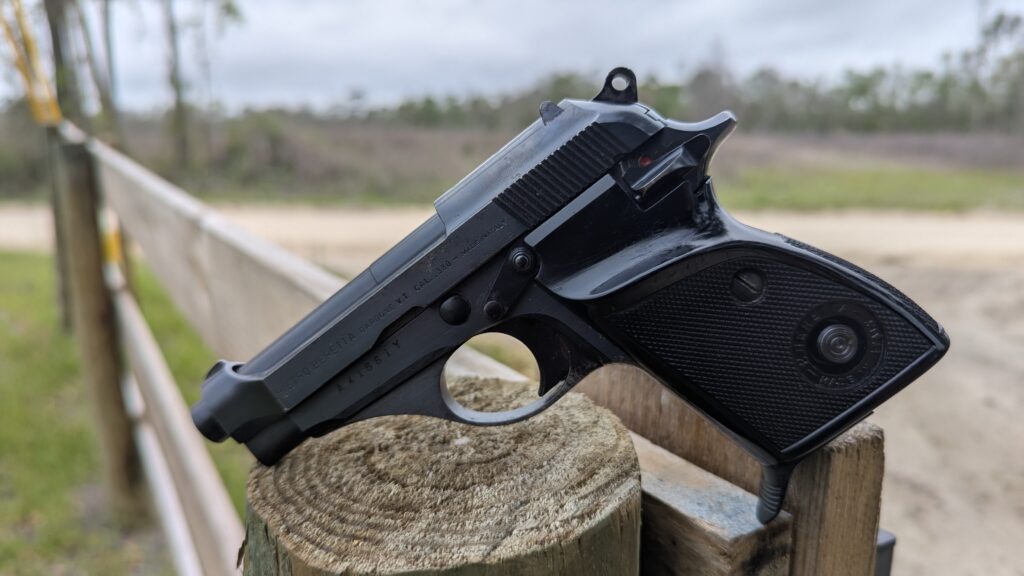
At 25 yards, I was hitting 6-inch gongs. I couldn’t even see the gongs cause of the front sight, but I could hit it! At 15 yards, I could punch rounds into a thumb-length group over and over. It’s remarkably consistent. The trigger and the barrel help, but so does the nice grip that fills your hand and makes it easy to handle.
Blowback operation ensures good reliability, and I didn’t have any problems with either of my Beretta Model 70S. They are fairly nice old guns that don’t command a premium. They can often be found for around 350 dollars, and that makes them fun bargain bin collectibles from one of the world’s oldest arms companies.
Read the full article here







